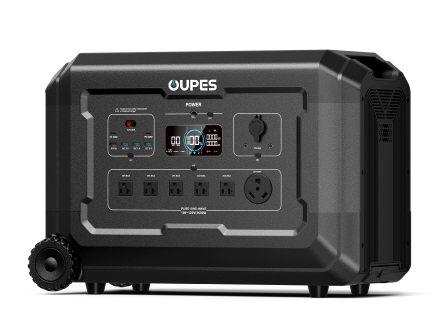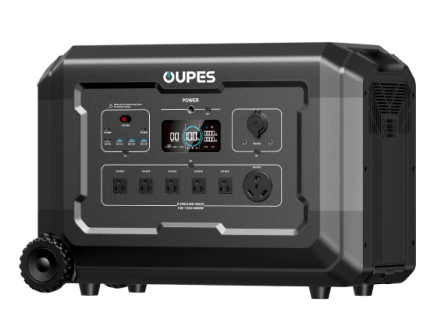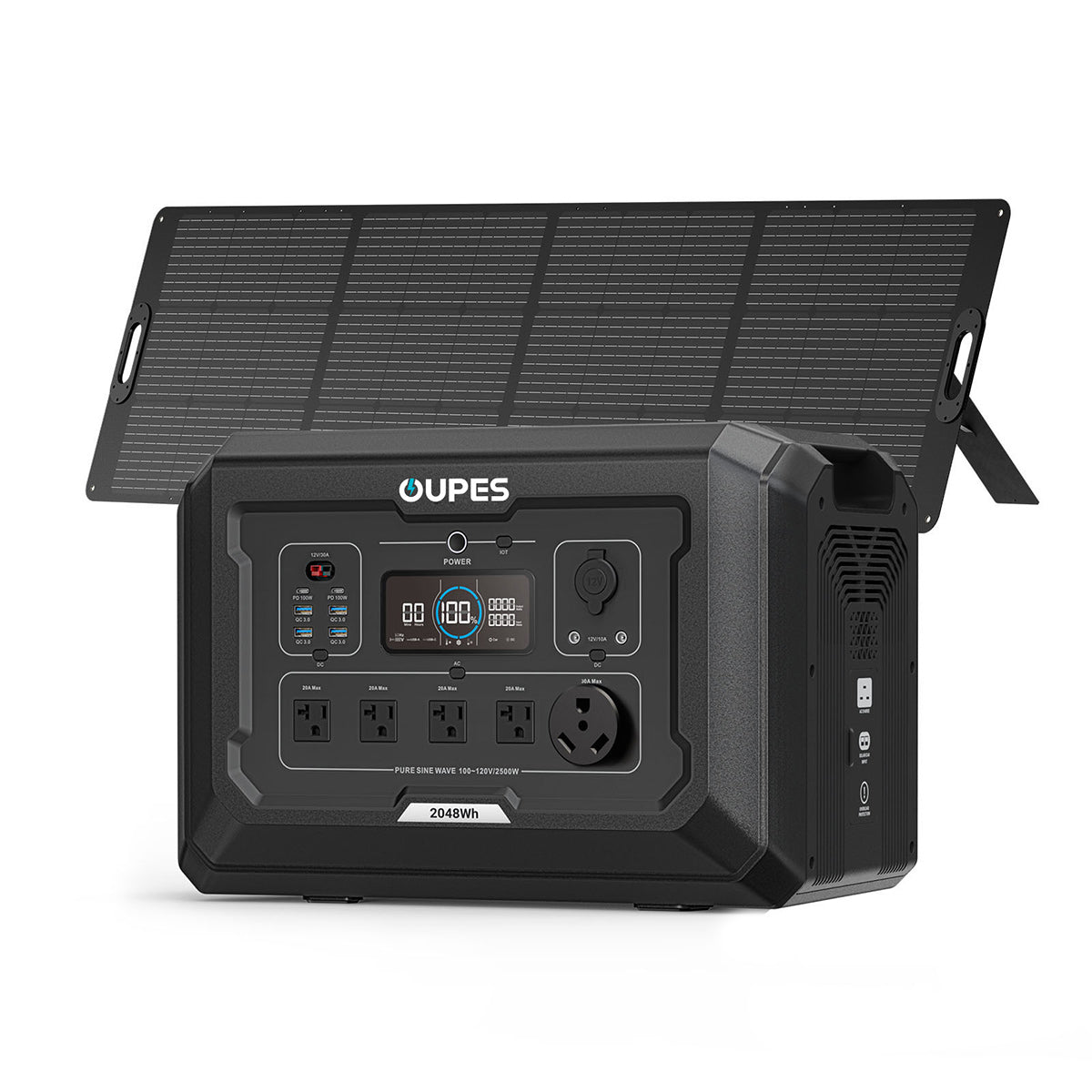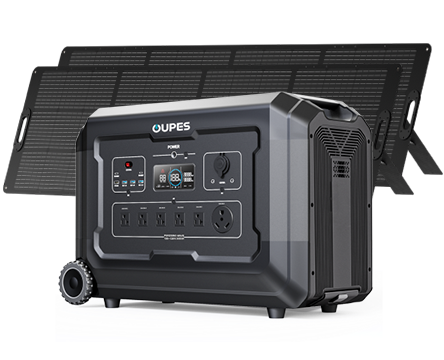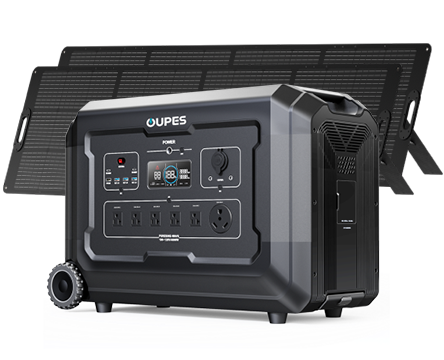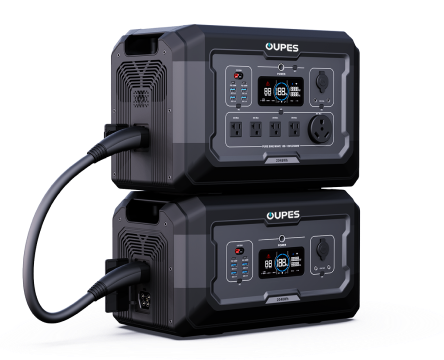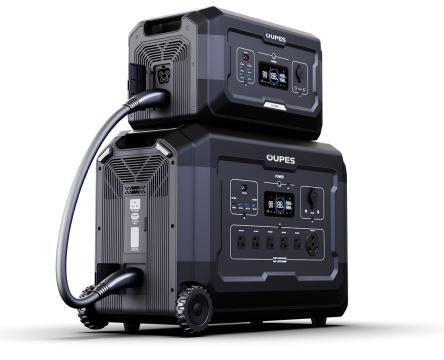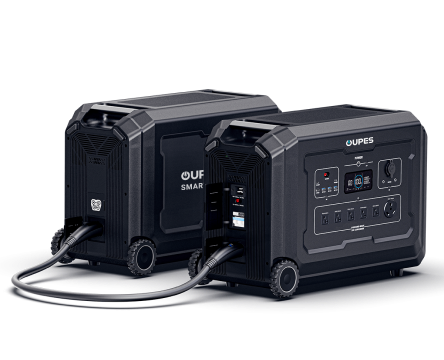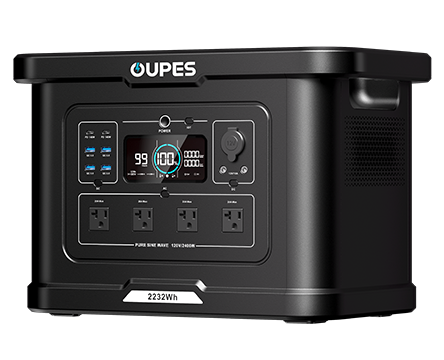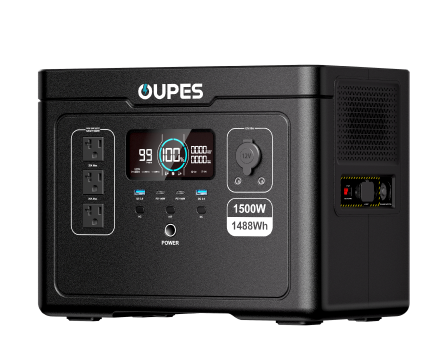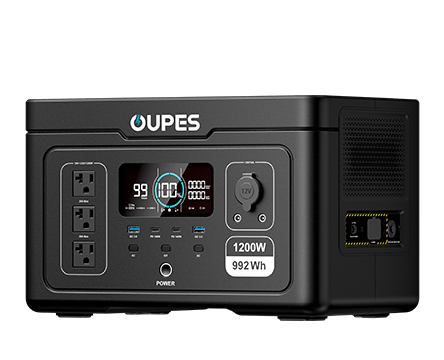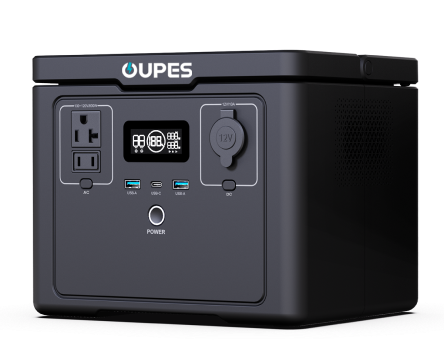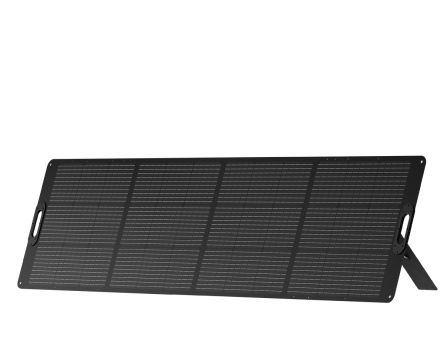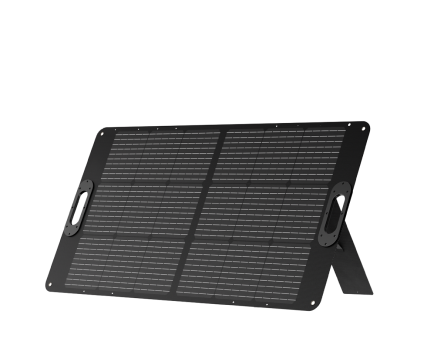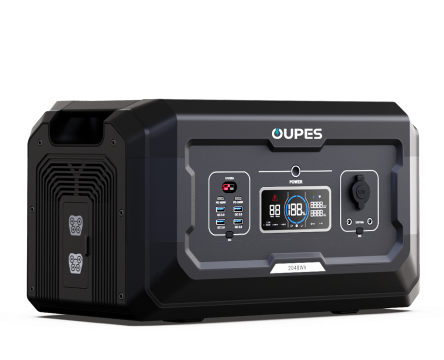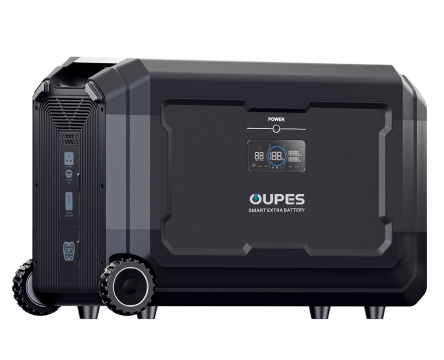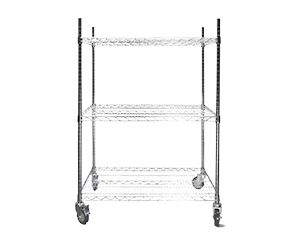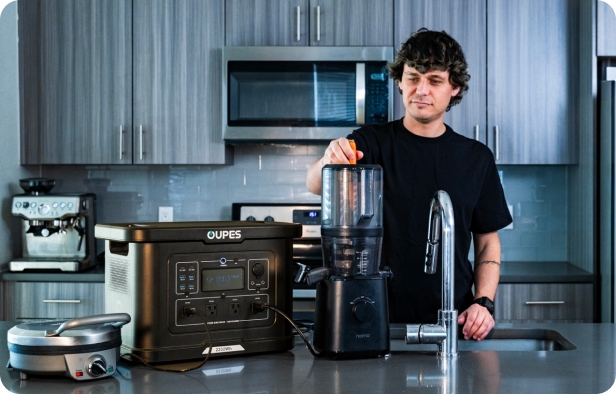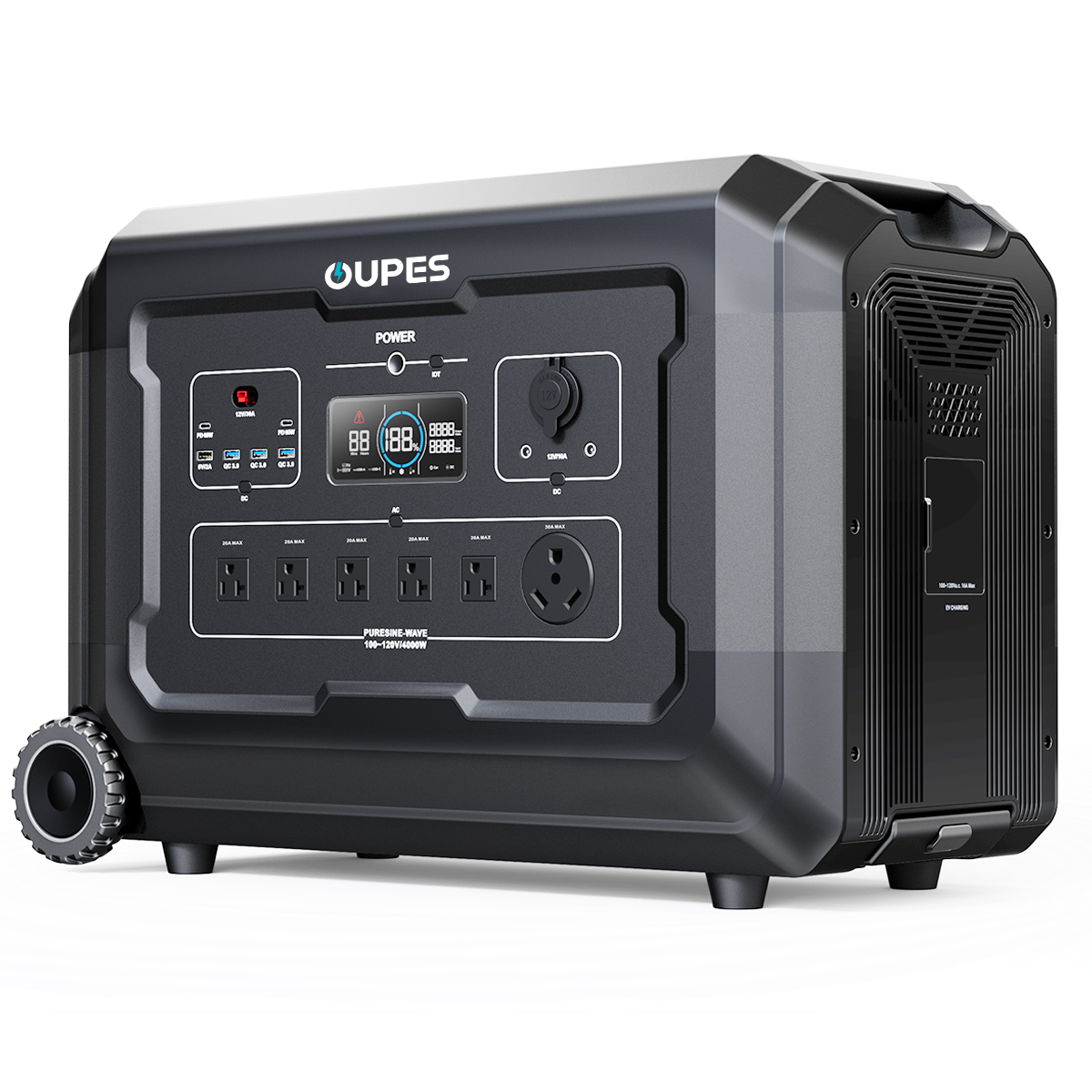
The Anatomy of Compatibility: Voltage, Ports, and Laptop Requirements
Laptops, those sleek marvels of microengineering, demand more than mere electrons—they require precision. Most modern laptops operate on DC power, typically between 12V to 20V, delivered through proprietary adapters or USB-C PD (Power Delivery) ports. A power station’s ability to charge them depends on two pillars: voltage matching and port availability. Traditional AC outlets on power stations can theoretically charge any device via the laptop’s original adapter, but this adds layers of inefficiency. The adapter converts AC back to DC, a process that squanders 10-15% of energy as heat. Here’s where advanced DC output shines. Models like the OUPES Exodus 600 Plus Portable Power Station feature USB-C PD ports capable of delivering up to 100W, bypassing AC conversion entirely. This direct DC-to-DC pathway not only preserves energy but also reduces charging time—a critical advantage when sunlight wanes or grid power falters.
Yet compatibility isn’t universal. Older laptops reliant on barrel connectors may still require AC outlets, necessitating a dance between the power station’s inverter and the adapter. High-wattage workstations, such as gaming laptops guzzling 200W or more, pose another challenge. Units like the OUPES Titan 5 Portable Power Station, with its 4000W output, can effortlessly sustain such demands, but smaller models risk being overwhelmed. The key lies in matching the laptop’s peak draw to the station’s continuous output—a calculation that separates mere functionality from seamless reliability.
OUPES Power Stations: Engineering Tailored for Digital Nomads
OUPES’s product lineup exemplifies how modular design can cater to diverse needs. Take the OUPES Mega 5 Home Backup & Portable Power Station, a titan with 5040Wh capacity and 4000W output. Beyond raw power, it integrates six USB-C PD ports, each programmable to deliver 5-100W based on the connected device’s handshake protocol. This adaptability ensures that a MacBook Pro charging at 96W coexists harmoniously with a smartphone sipping 18W—all without manual intervention. Meanwhile, the OUPES Exodus 600 Plus, compact yet formidable, employs GaN (Gallium Nitride) technology in its USB-C circuits, enabling cooler operation and higher efficiency during sustained laptop charging.
But innovation doesn’t stop at ports. OUPES stations incorporate MPPT (Maximum Power Point Tracking) solar charge controllers, allowing users to recharge the units via solar panels while simultaneously powering laptops—a boon for off-grid professionals. Imagine a documentary filmmaker in the Sahara, editing footage on a laptop powered by the OUPES Titan 3 Power Station, which itself drinks sunlight through 800W solar arrays. This closed-loop energy ecosystem transforms barren landscapes into productive workspaces, challenging the very notion of “remote.”
Maximizing Efficiency: Strategies for Prolonged Laptop Use
While hardware compatibility is foundational, optimizing energy use extends operational longevity. A common pitfall lies in overlooking a laptop’s power profile. For instance, enabling “battery saver” mode slashes CPU performance but can reduce energy consumption by 20-30%, stretching a power station’s capacity. Pairing this with the OUPES Mega 2 Power Station’s eco mode—which minimizes standby losses—creates a synergy that can power a mid-range laptop for 30+ hours on a single charge.
Another strategy involves leveraging DC whenever possible. Using a USB-C to barrel connector adapter (for compatible laptops) with the OUPES Exodus 600’s 600W DC output eliminates inverter losses, effectively adding 1-2 hours of runtime compared to AC. Thermal management also plays a role: placing the power station in shade during outdoor use prevents overheating throttling, ensuring consistent output. Advanced users might even daisy-chain multiple OUPES units via parallel ports, though this demands meticulous voltage alignment to avoid cascading failures.
Beyond Emergencies: Power Stations as Daily Drivers
The narrative around power stations often orbits disaster preparedness, but their utility in daily life is equally compelling. Consider a hybrid worker juggling coffee shops, co-working spaces, and home offices. A compact unit like the OUPES Exodus 600 Plus slips into a backpack, offering 512Wh—enough to recharge a 60Wh laptop eight times. For home offices, the OUPES Mega 1 serves as a silent UPS (Uninterruptible Power Supply), bridging brief outages without interrupting workflow. Its 2000W output can sustain a laptop, monitor, and router indefinitely when paired with solar recharging.
Creative professionals push these devices further. Video editors running render farms during off-grid retreats utilize the OUPES Titan 5’s 5040Wh capacity—a reservoir capable of fueling a high-end laptop for 70+ hours. Meanwhile, software developers in nomadic communities leverage OUPES stations to create microgrids, sharing energy among multiple users. This democratization of power redefines what’s possible beyond traditional infrastructure.
The Verdict: Power Stations as Unlikely Lifelines
So, can a power station charge a laptop? Resoundingly, yes—but with caveats that hinge on informed selection and usage. The interplay of wattage, ports, and energy management transforms these stations from bulky batteries into enablers of modern life. OUPES’s portfolio, spanning from the Exodus series’ portability to the Titan line’s brute force, illustrates that adaptability is not an afterthought but a design philosophy.
As renewable energy adoption accelerates, power stations evolve from emergency tools to everyday essentials. They are no longer just backups; they are bridges—between urban and wild, grid-tied and free, present and future. Whether you’re coding under a canopy or presenting from a blackout-shadowed boardroom, the right power station doesn’t just charge your laptop; it charges your potential.







